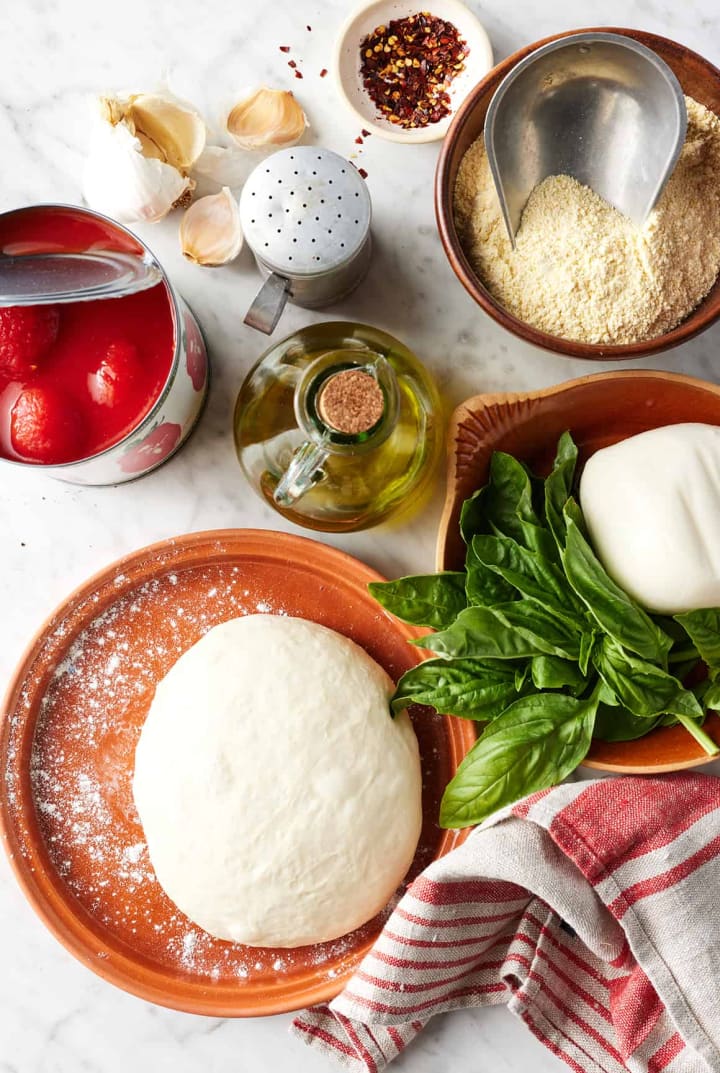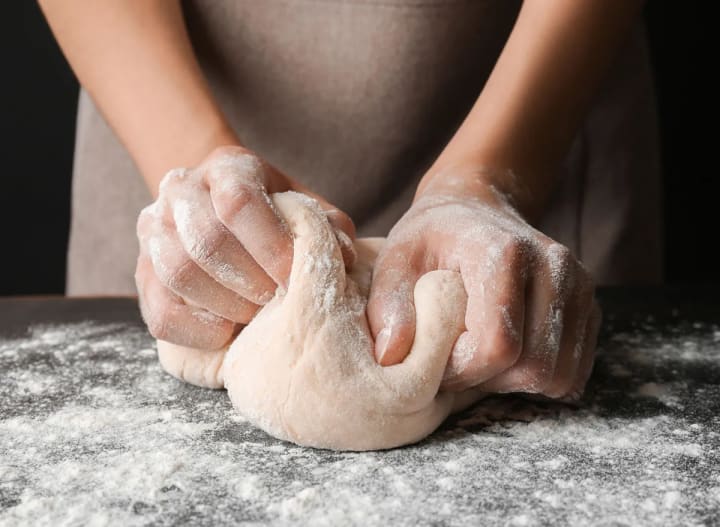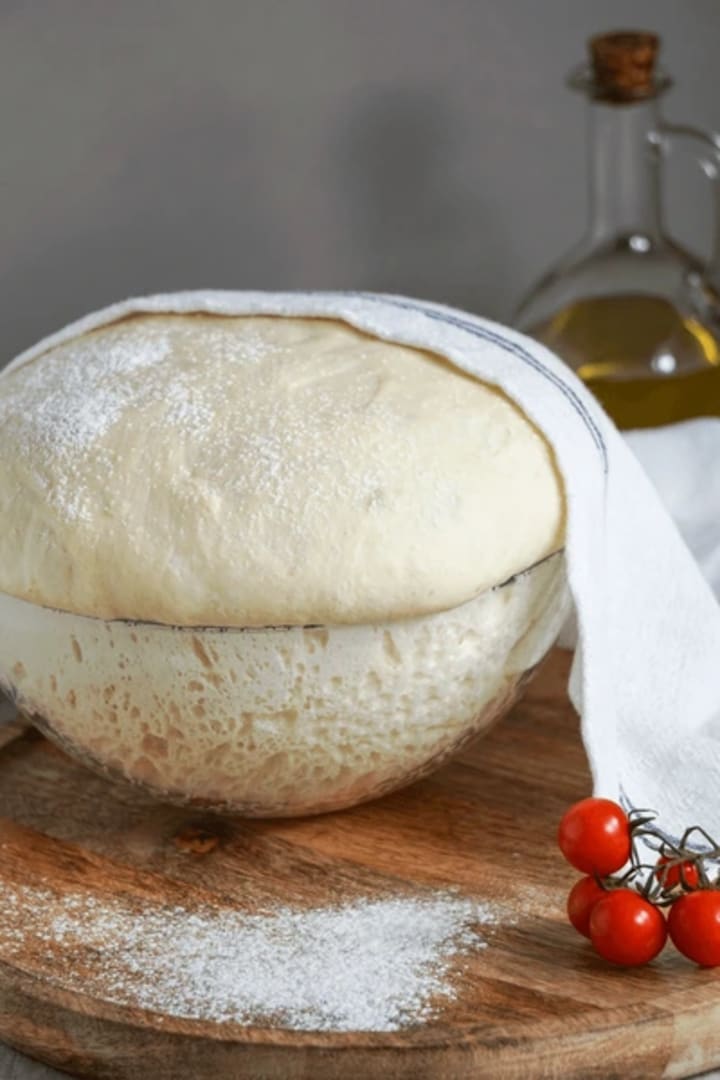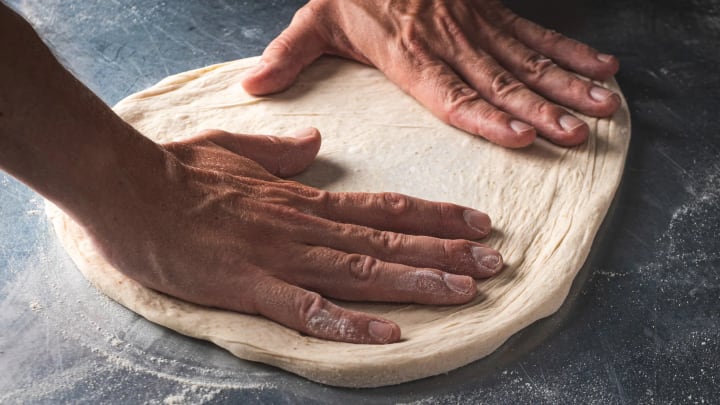The Ultimate Guide to Perfecting Your Homemade Pizza Dough
Pizza, a beloved culinary delight enjoyed by people around the world, is as diverse as the cultures that create it. From the crispy thin crusts of Italy to the deep-dish pies of Chicago, pizza offers endless possibilities for creativity and customization. While store-bought pizza dough may seem convenient, there's something truly special about crafting your own homemade dough from scratch. In this ultimate guide, we'll delve into the art of pizza dough making, providing you with tips, techniques, and real-life examples to help you master the craft and elevate your homemade pizza game to new heights.
1. The Importance of Quality Ingredients:

Just like any other culinary endeavor, the key to perfecting your homemade pizza dough lies in using high-quality ingredients. Opt for fine Italian flour, such as Tipo 00, which is finely ground and produces a soft and tender crust. Additionally, invest in premium extra-virgin olive oil, sea salt, and active dry yeast to ensure optimal flavor and texture in your dough.
2. Mastering the Dough-Making Process:

Making pizza dough from scratch may seem daunting at first, but with a bit of practice and patience, you'll soon become a pro. Start by proofing your yeast in warm water with a pinch of sugar until it becomes frothy, indicating that it's active and ready to use. Then, gradually incorporate the flour, olive oil, and salt into the yeast mixture, kneading until the dough is smooth and elastic.
Real-Life Example: Sarah, a passionate home cook, struggled with making pizza dough until she discovered the importance of proper yeast activation. By patiently waiting for her yeast to foam before proceeding with the recipe, Sarah achieved a beautifully risen dough that yielded perfectly crisp and chewy pizzas every time.
3. The Art of Dough Fermentation:

One of the secrets to achieving exceptional flavor and texture in your homemade pizza dough is allowing it to ferment slowly in the refrigerator. Cold fermentation not only develops complex flavors but also improves the dough's elasticity, making it easier to stretch and shape. Ideally, let your dough ferment for at least 24 to 48 hours before using it to create your pizzas.
Real-Life Example: Mike, an avid pizza enthusiast, experimented with different fermentation times and was amazed by the transformative effects it had on his dough. By giving his dough ample time to ferment, Mike achieved a depth of flavor and airy texture that rivaled his favorite pizzeria's pies.
4. Tips for Shaping and Stretching Dough:

Shaping and stretching pizza dough is both an art and a science, requiring finesse and technique to achieve the perfect thickness and shape. To avoid tearing the dough, gently press it into a round shape with your fingertips, leaving a slightly thicker border around the edges for the crust. Then, carefully lift and stretch the dough with your hands, rotating it as you go to ensure even thickness.
Real-Life Example: Emily, a culinary enthusiast, struggled with shaping her pizza dough until she learned the importance of using gentle pressure and patience. By taking her time and practicing her stretching technique, Emily was able to create beautifully round and uniform pizza bases that baked up perfectly in the oven.
5. Baking Tips for Crispy Crusts and Perfectly Melted Cheese:

Once you've shaped your dough and added your desired toppings, it's time to bake your pizza to perfection. For a crispy crust, preheat your oven to the highest temperature possible and bake your pizza on a preheated pizza stone or baking sheet. To ensure that your cheese melts evenly and develops a golden brown hue, consider grating it fresh and distributing it evenly over the toppings.
Real-Life Example: James, a pizza aficionado, experimented with different baking methods and discovered that preheating his pizza stone in the oven produced the crispiest crusts. By following this simple yet effective technique, James elevated his homemade pizzas to restaurant-quality status and impressed his friends and family with his culinary prowess.
In conclusion, perfecting your homemade pizza dough is a journey of discovery and experimentation, where each batch brings you one step closer to pizza perfection. By using quality ingredients, mastering the dough-making process, and employing tried-and-true techniques, you'll be well on your way to creating mouthwatering pizzas that rival your favorite pizzeria's offerings. So roll up your sleeves, dust off your apron, and let the aroma of freshly baked pizza fill your kitchen as you embark on your dough-making adventure. Buon appetito!
About the Creator
Vimoksha Jayasinghe
The girl behind the words
Enjoyed the story? Support the Creator.
Subscribe for free to receive all their stories in your feed. You could also pledge your support or give them a one-off tip, letting them know you appreciate their work.





Comments
There are no comments for this story
Be the first to respond and start the conversation.